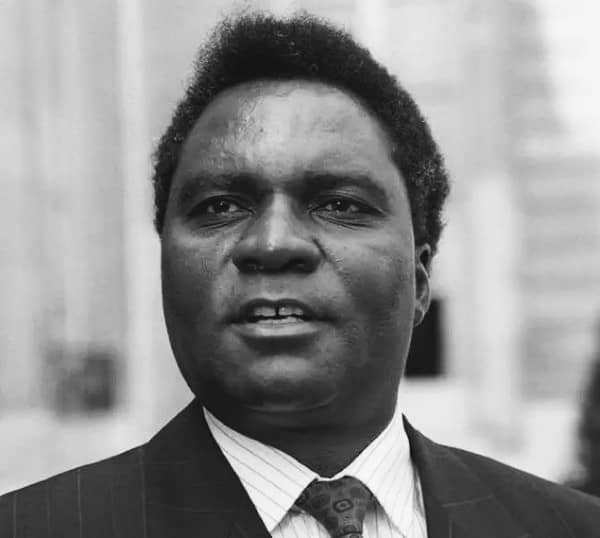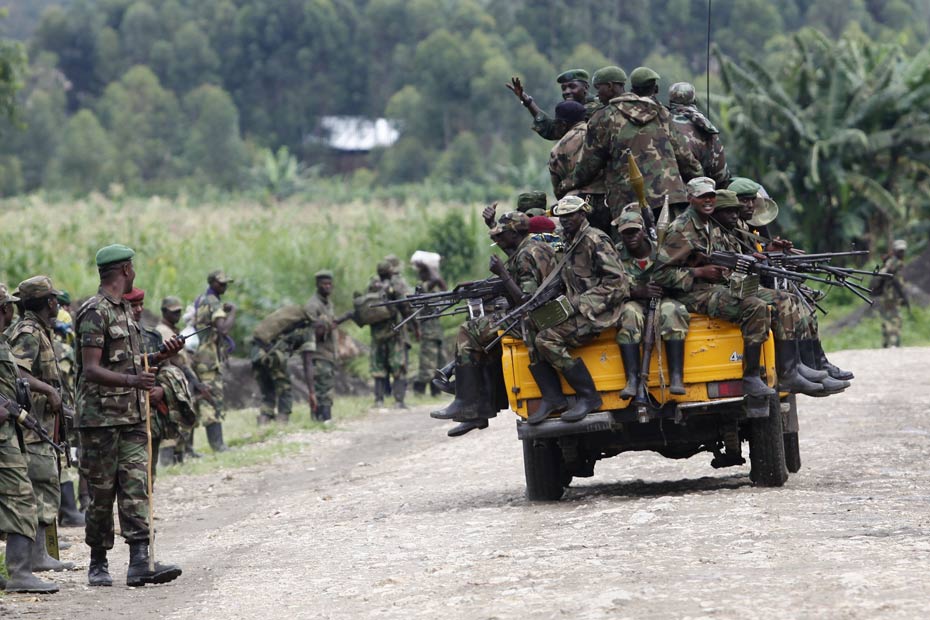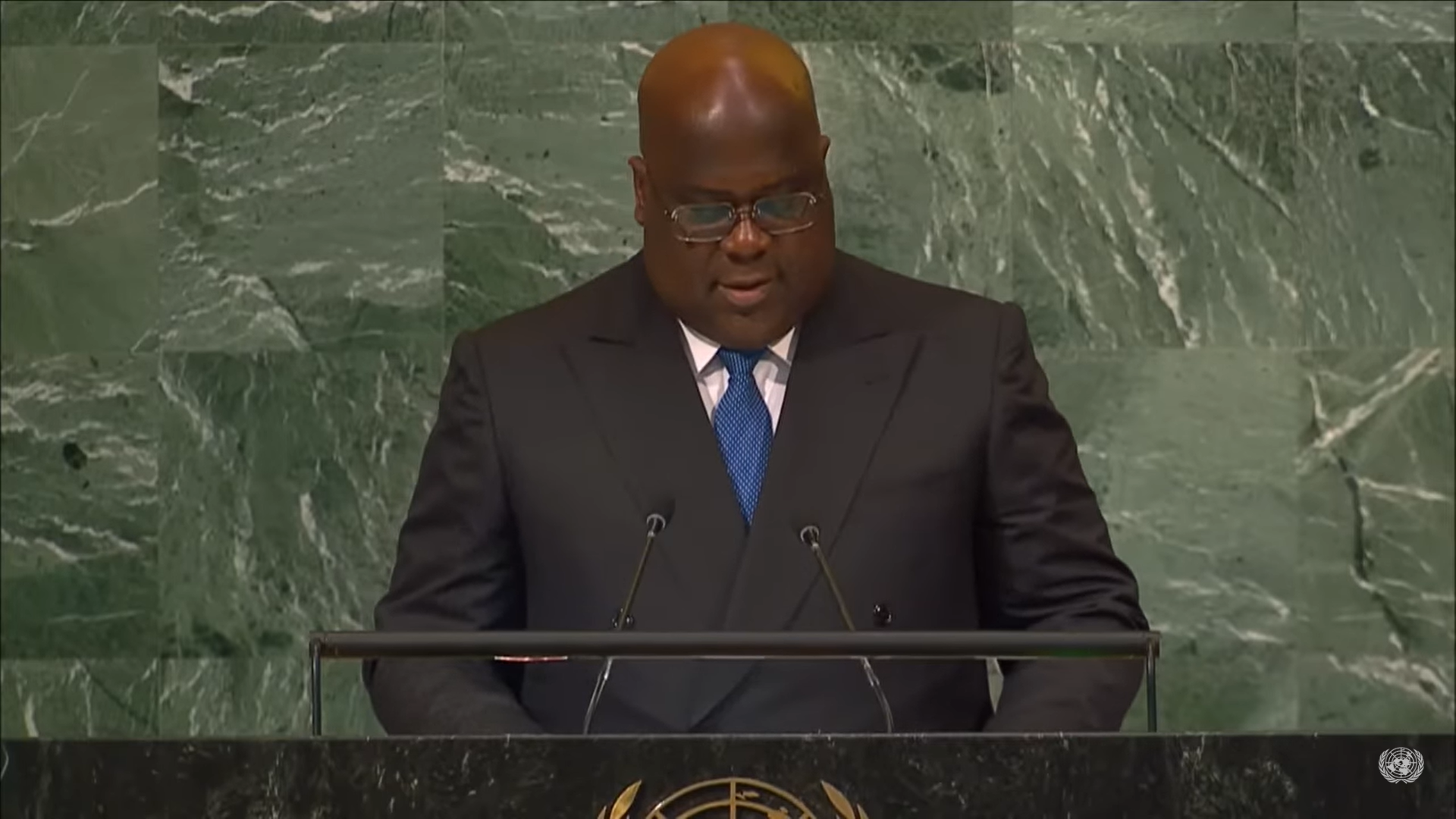Regional
How Habyarimana lied about Tutsi massacres in Gisenyi, Ruhengeri

President
Juvenal Habyarimana’s regime blinded the international community on the Tutsi
massacres in Gisenyi and Ruhengeri while preparing the 1994 Genocide against
the Tutsi where more than a million people were murdered.
Radio
Rwanda on March 12, 1991, stated that there was no ethnic unrest in Ruhengeri yet
all Tutsi teachers were imprisoned for allegedly being linked to the RPA
rebels. They were killed afterwards.
Habyarimana
used the same fabrication on January 25, 1993 –when the extent of killings was
already clear – and described the violence as a general reaction against the Arusha
Accords.
In
his letter of February 5, 1993, to the Fédération Internationale pour les
Droits Humains, Habyarimana argued that the conflict between the Hutu and
Tutsi was the inevitable result of the Rwanda Patriotic Front (RPF) invasion.
On
February 8, 1993, Habyarimana declared: “These unfortunate and reprehensible
massacres in the north of the country were organized and made worse by those
who have cynically exploited them for political ends and who have used them as
a pretext to launch an attack that they had been preparing for a long time.”
The
international community believed Habyarimana’s lies. No investigation was
carried out as the prefect of Ruhengeri, Charles Nzabagereza, said that there
was no reason to “unearth events that could cause unrest among the population.”
Later,
their lies were exposed. Those who led the massacres declared that there were Tutsi
killed because some of them were fighting alongside RPF. Genocide deniers advance
the theory that Habyarimana’s plane crash, on April 6, 1994, triggered the
killings.
However,
many reports proved them wrong. It was planned and tested in Gisenyi and Ruhengeri,
among other prefectures. In March 1991,
277 Tutsi (Bagogwe) were killed in Gisenyi and Ruhengeri. These massacres took
place in Nkuli, Kinigi, and Mukingo communes of Ruhengeri; Gaseke, Giciye,
Karago, Mutura, Kanama, and Rwerere of Gisenyi.
A secret
report from the genocidal government revealed that more than 360 victims massacred
within a week of late 1990 in the Ngororero sub-prefecture. The local civil and
military authorities including the prefect Nzabagerageza and that of Gisenyi,
Come Bizimungu, as well as the bourgmestres of the municipalities concerned,
were involved in these killings. There was direct involvement of other VIPs of
the regime including then Minister of Public Works, Joseph Nzirorera, Habyarimana’s
advisor, Col Elie Sagatwa, and Protais Zigiranyirazo, the president's
brother-in-law.
Since
1990, when Habyarimana’s regime was massacring the Tutsi in Gisenyi and
Ruhengeri, access to places of these massacres was restricted to the officials
of the prefectures, the soldiers and the agents of the security services who
were responsible.
Journalists
also could not access the areas, except those from Radio Rwanda and Kangura, a Kinyarwanda-French magazine
that served to stoke ethnic hatred in the run-up to the Genocide.






